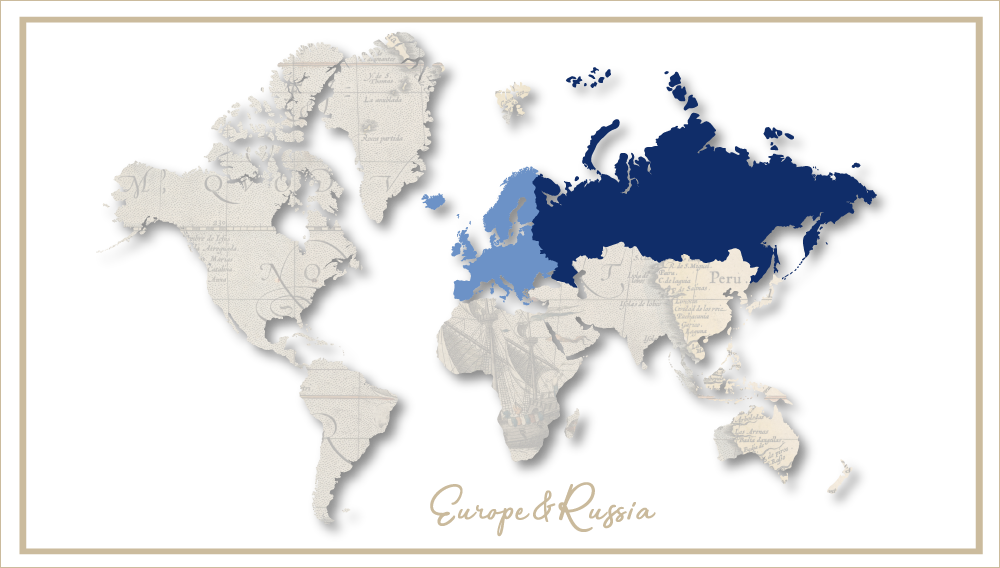Hövels Original: a beer for all courses
In the past I have had to sing for my dinner. I even had to give the dinner speech once. But never, never before did I have to cook my own dinner when I had been invited out. Well, to be honest never did I have a Michelin-starred chef to teach me how to cook my dinner. Which makes all the difference. Especially if there is copious amounts of Hövels Original to be enjoyed.
Dortmund. What do readers associate with Dortmund? Very little, presumably. Once upon a time, it was Germany’s beer city. Germany’s Milwaukee, if you will. Dortmunder Actien Brauerei, Dortmunder Union, Dortmunder Stifts Brauerei, Dortmunder Kronen Brauerei, Thier Brauerei, Dortmunder Ritter Brauerei were the pride of a city whose Export beers were shipped all round the world. From Saigon to Buenos Aires: if you wanted a beer, you asked for a Helles from Dortmund.
Spoilt by phenomenal growth rates, only the sky seemed the limit. In the mid-1960s Dortmund’s seven breweries employed almost 7,000 people and produced 7.5 million hl of beer – or ten percent of Germany’s total beer output. Dortmunder Union brewery was the largest brewer in Germany. Among Germany’s beer millionaires, four out of the top six largest breweries were based in Dortmund. In effect, this made Dortmund not just Germany’s Milwaukee, no it made Dortmund Europe’s beer capital.
The mid-70s marked a turning point. The coal mines, which had powered Germany’s industrial revolution and post-war economic miracle, began to close down one by one. Then came the steel mills. And finally it was the breweries that had to go. In 1975 Dortmund’s breweries provided work for 20,000 people. By 2008 that number was down to 500 jobs. What added to Dortmund’s grief was that consumers in Germany had learnt to enjoy a different tipple: the elegantly hopped Pils beers, brewed by breweries to the south of Dortmund, whose brands soon went national and relegated Dortmund’s beers to regional status.
Small wonder that today there is only one major brewery left, which is owned by Germany’s brewer Radeberger. It is there and at the Hövels brewpub that they brew an estimated 60,000 hl annually of the golden brown Hövels Original.
The story of Hövels Original bears testimony to Dortmund’s proud brewing heritage. It was first produced in 1893 and became an instant hit as it was a bitterer alternative to the sweet, malty beers which were then dominating the market. Hence it was called a “bitter beer”.
Hövels Original is not to be confused with a dark beer or an Alt. It is a top-fermenting red-golden beer made with four different malts which has 5.5 percent ABV.
Production of Hövels Original was discontinued during the First World War due to raw materials shortages. It was taken up again in 1984. Nevertheless, it was decided to drop the moniker “bitter beer” because “bitter” was no longer considered a positive attribute when it came to beer.
Radeberger Group, which in 2007 was Germany’s number two brewing group (behind InBev) with a beer output of 13.7 million hl and a portfolio of about 140 brands, has taken the decision to make Hövels Original its one-and-only super-premium brand and roll it out nationally.
To support its super-premium claim Hövels Original is packaged in an attractive 0.5 litre flip-top bottle, reminiscent of a champagne bottle and served in what is probably the most expensive on-premise beer glass in Germany: the Victoria cup.
What is more, Radeberger opted not to employ Germany’s run of the mill beer visuals: no clear water, no lakes, no nature. No, Hövels employs a good looking woman. That’s hardly highly original given the prevalence of women in beer advertising. But it has to be said that the lady is better looking than most of her competitors.
Radeberger’s marketing suite chose to emphasise Hövels flavours in their marketing. That’s why they invited a group of journalists to a sensory training which included a blind tasting of some of the flavours to be found in Hövels Original.
Let me tell you I would have never guessed that sensory experts can smell freshly cut bread when taking a whiff of Hövels. Or that they can sniff out fig, mango and pear.
Still, it was interesting to note how much our sensory awareness is dominated by our vision. Which came into play later on when we were invited to a dinner by Stefan Manier. Mr Manier, the aforementioned Michelin-starred chef runs an off-off-location for private functions which sits atop an office tower overlooking a motorway. Well’s that’s Dortmund for you.
The whole point of the dinner was to prove to us that Hövels can be matched with any course: from starter to dessert it proved a match for Mr Manier’s culinary creations.
But we would say that, wouldn’t we, after we had slaved away peeling and chopping vegetables in order to be fed our food eventually? Mind you, our plates which we helped set left nothing to be desired, visually speaking.
On a final note, Dortmund is witnessing a brewing renaissance. The Turkish investor Bünyamin Türksoy is planning to spend EUR 8 million to EUR 10 million on a 150,000 hl brewery which is to go on-stream in 2011.
The beer brands are to be called “Bey” and “Serefe“ („cheers“).


